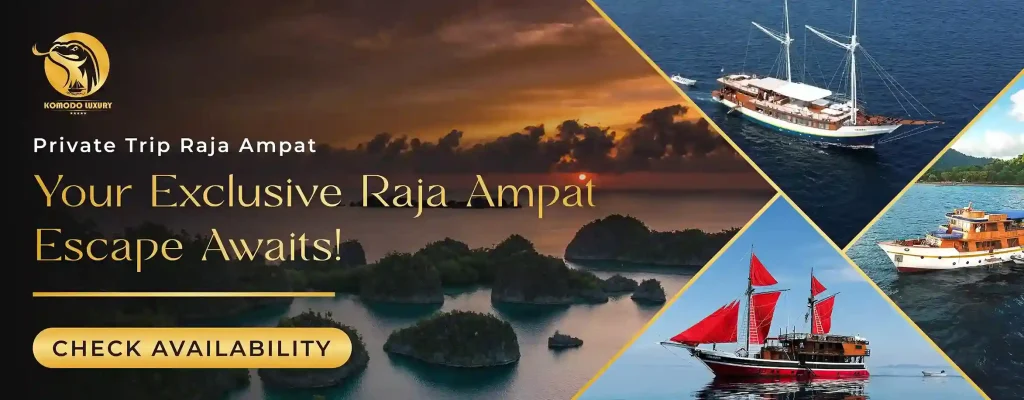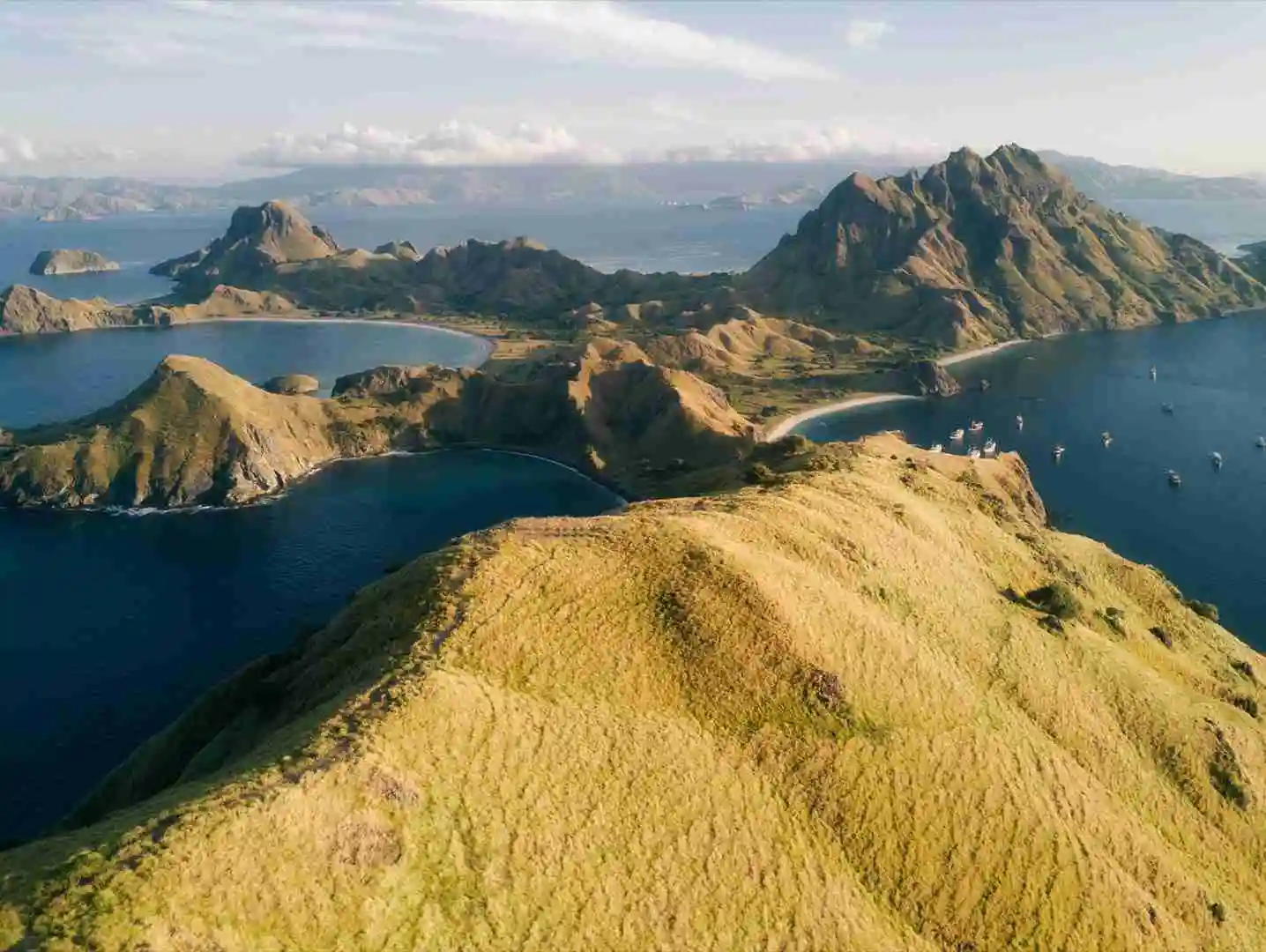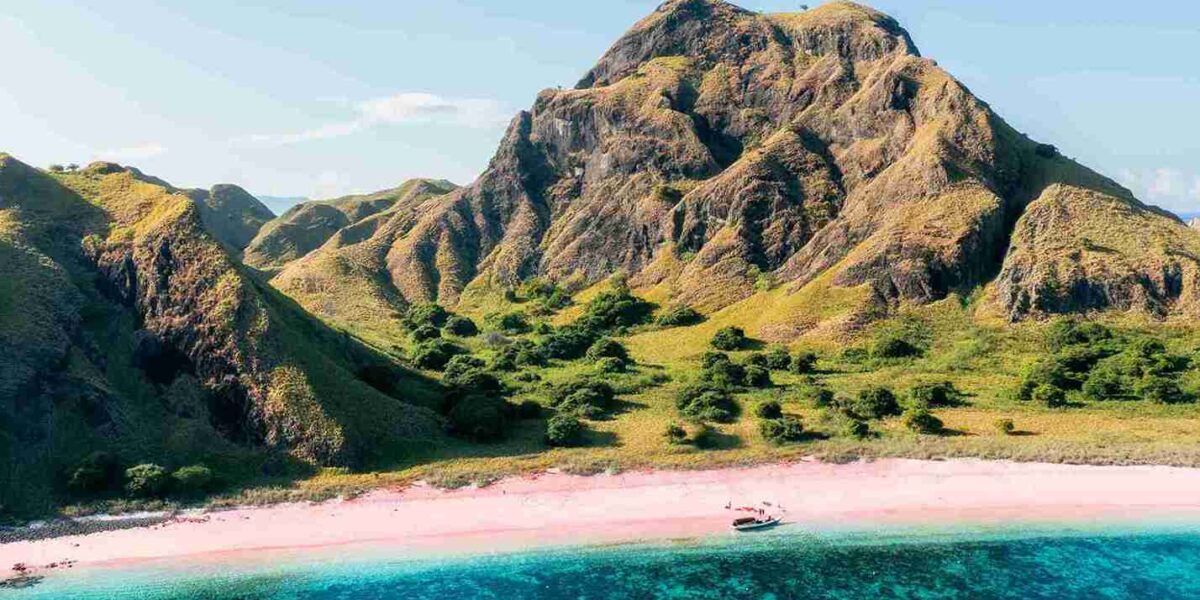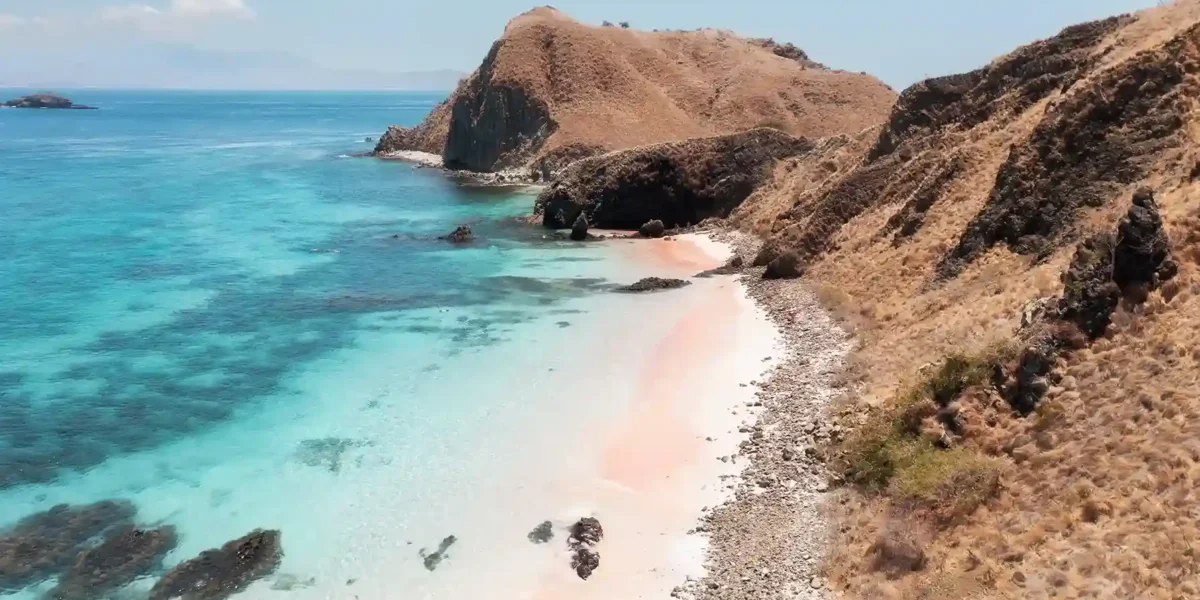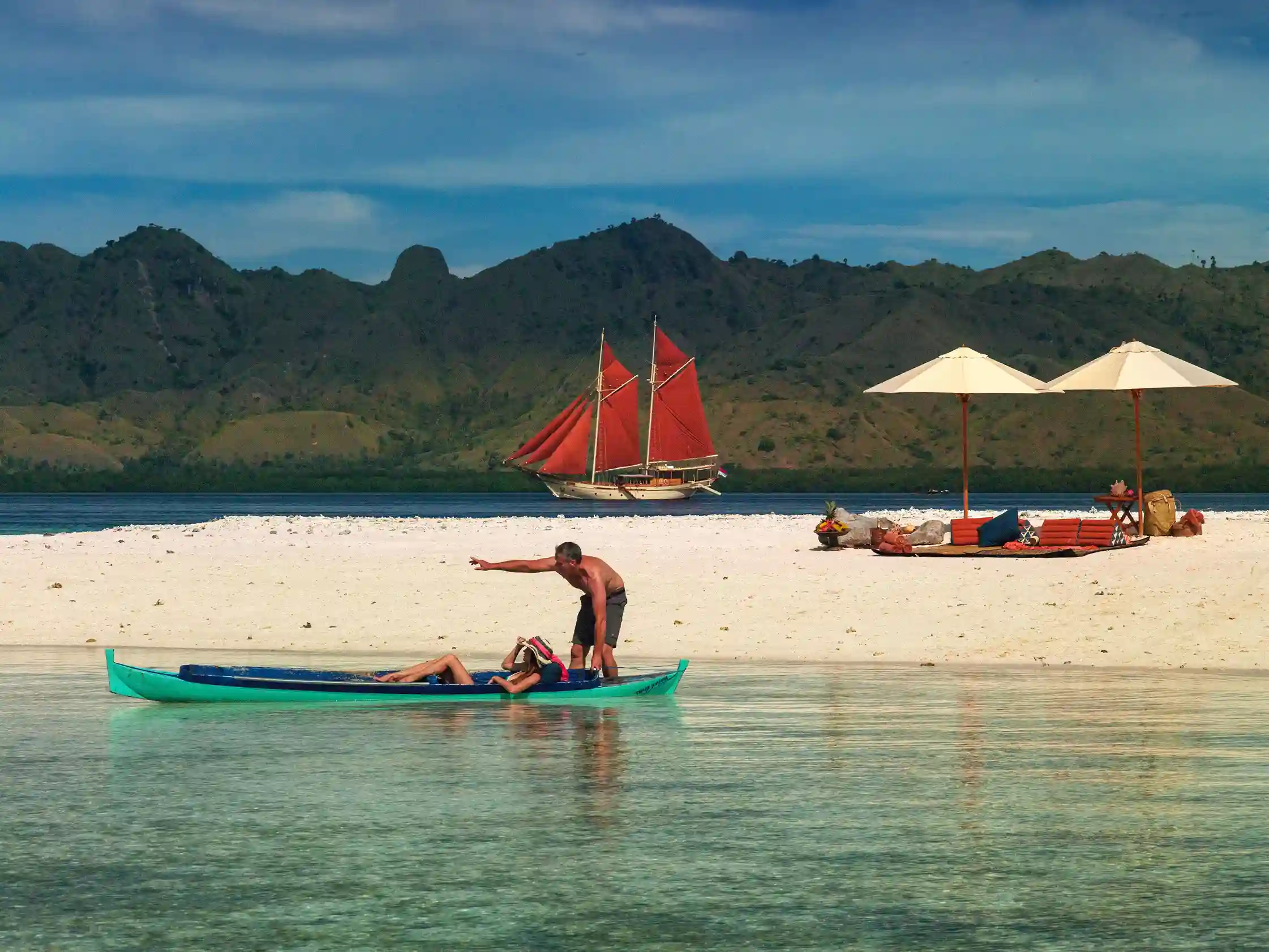If you’re seeking destinations that offer experiences similar to the Galapagos Islands, consider these ten stunning locations. Each provides unique wildlife, breathtaking landscapes, and unforgettable adventures.
The Galapagos Islands are renowned for their unique wildlife, pristine environments, and incredible biodiversity.
However, exploring alternative destinations can offer similar experiences often at a more affordable cost.
Why Seek Alternatives to the Galapagos Islands?
Traveling to the Galapagos can be prohibitively expensive for many, making other destinations more appealing for budget-conscious travelers.
Additionally, the logistics of traveling to remote islands can be complex, while other regions may offer more straightforward travel options. Each alternative location also boasts unique wildlife and ecosystems, providing diverse experiences that rival those of the Galapagos.
Also, the Galapagos Islands are a significant tourist attraction for Ecuador, but excessive tourism can harm the islands’ ecosystems and negatively impact the livelihoods of native islanders and impoverished mainland residents.
1. Komodo Island and Komodo National Park: The Jurassic Park of Indonesia

Located in Labuan Bajo, Indonesia, Komodo Island and Komodo National Park are famed for their large population of Komodo dragons, the largest living lizards, which can reach lengths of up to 10 feet.
Spanning several islands, this UNESCO World Heritage Site offers stunning landscapes and rich biodiversity. The park is home to many endemic species and a variety of marine life, making it a hotspot for nature enthusiasts.
Visitors can enjoy:
- Trekking to see Komodo dragons in their natural habitat.
- Snorkeling and diving in vibrant coral reefs.
- Wildlife viewing of the diverse marine life.
- Island hopping and beach visits.
- Underwater exploration in pristine marine environments.
- Participation in eco-friendly tourism that supports conservation efforts.
- Boat tours and liveaboard trips, ranging from 3 days and 2 nights to over 10 days, providing extensive exploration opportunities.
- Photography opportunities due to the abundant wildlife and stunning scenery.
For those interested, there are various Komodo Island Sailing Tour Packages available that highlight the park’s natural beauty and wildlife, catering to specific activities such as leisure trips, diving, snorkeling, and cultural tours.
Read more: Complete Guide to Komodo National Park
2. Raja Ampat: The Crown Jewel of Indonesia
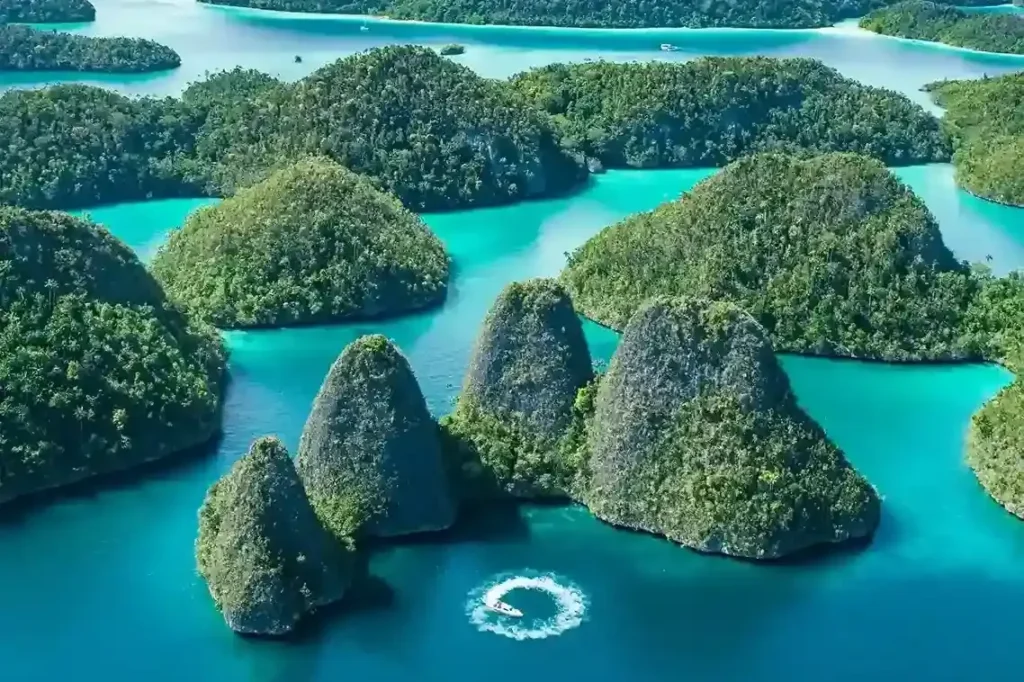
Raja Ampat, an archipelago of over 1,500 small islands, is known for its incredible marine biodiversity. The coral reefs here are among the richest in the world, hosting a dazzling array of fish species, manta rays, and other marine life.
This destination is perfect for:
- Diving and snorkeling, offering underwater vistas that are unparalleled.
- Bird watching and exploring hidden lagoons.
- Emphasizing sustainable tourism with community-based initiatives.
- Boat tours and liveaboard trips, providing extensive opportunities to explore the archipelago.
- Jungle trekking, such as trekking to waterfalls on Batanta Island.
- Island hopping, spending weeks exploring the karst ocean and visiting places like Pasir Timbul, a sand island visible only at low tide.
- Visiting villages, like Arborek Tourism Village, where women make handicrafts and villagers perform traditional dances.
Photography opportunities due to the abundant wildlife and stunning scenery.
For those interested, there are various Raja Ampat tour packages available that highlight the archipelago’s natural beauty and marine biodiversity, catering to specific activities such as diving, snorkeling, and cultural tours.
Read more: Is It Worth Going to Raja Ampat?
3. Ballestas Islands, Peru
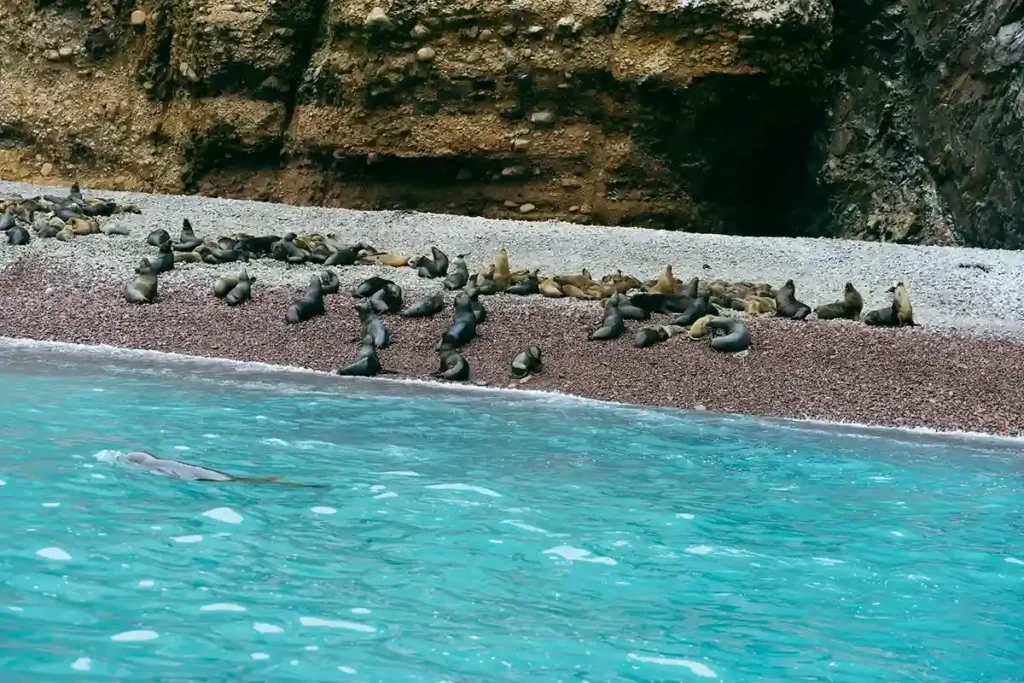
The Ballestas Islands are the top reason most travelers visit Paracas on Peru’s southern coast. These islands, part of the Guano Islands, Islets, and Capes National Reserve System, are known for their abundant wildlife, including sea lions, Humboldt penguins, and a variety of seabirds. Visitors can enjoy:
- Boat tours to observe sea lions, Humboldt penguins, and various seabirds.
- Dramatic coastal landscapes that offer picturesque views.
- Rich marine life in protected areas, perfect for nature enthusiasts.
- Exploring sea caves and natural arches formed by the erosion of the islands’ rocky coastline.
- Photography opportunities due to the abundant wildlife and stunning scenery.
- Learning about the islands’ history and significance within the Guano Islands, Islets, and Capes National Reserve System.
4. Isla de la Plata, Ecuador
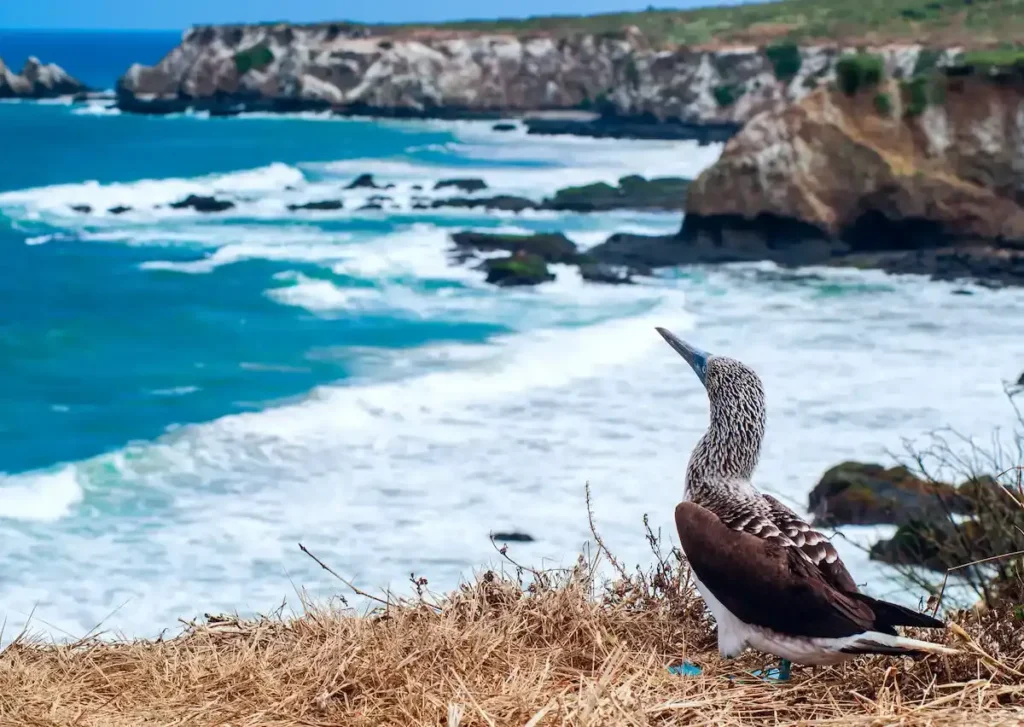
Isla de la Plata, often called “The Poor Man’s Galapagos,” is a small island off Ecuador’s central coast, near Puerto López. Part of Machalilla National Park, the uninhabited island features beaches, headlands, and shrubland.
It’s known for its many marine birds, such as blue-footed and masked boobies, and Galapagos albatrosses. Trails run from Drake Bay to sheer clifftops overlooking waters that attract manta rays and migratory humpback whales.
Visitors can enjoy:
- Bird watching: See large colonies of wild sea birds, including blue-footed boobies, frigatebirds, albatrosses, and tropic birds.
- You might even see the boobies perform their mating dance in July.
- Snorkeling: Snorkel with sea lions, turtles, clownfish, and angelfish. You might also see giant tortoises. In the summer, you might see manta rays and whale sharks.
- Hiking: Hike the five trails on the island for views of the cliffs and other wildlife.
- Whale watching: Depending on the season, you might see whales on your way to or from the island.
5. Cocos Island, Costa Rica
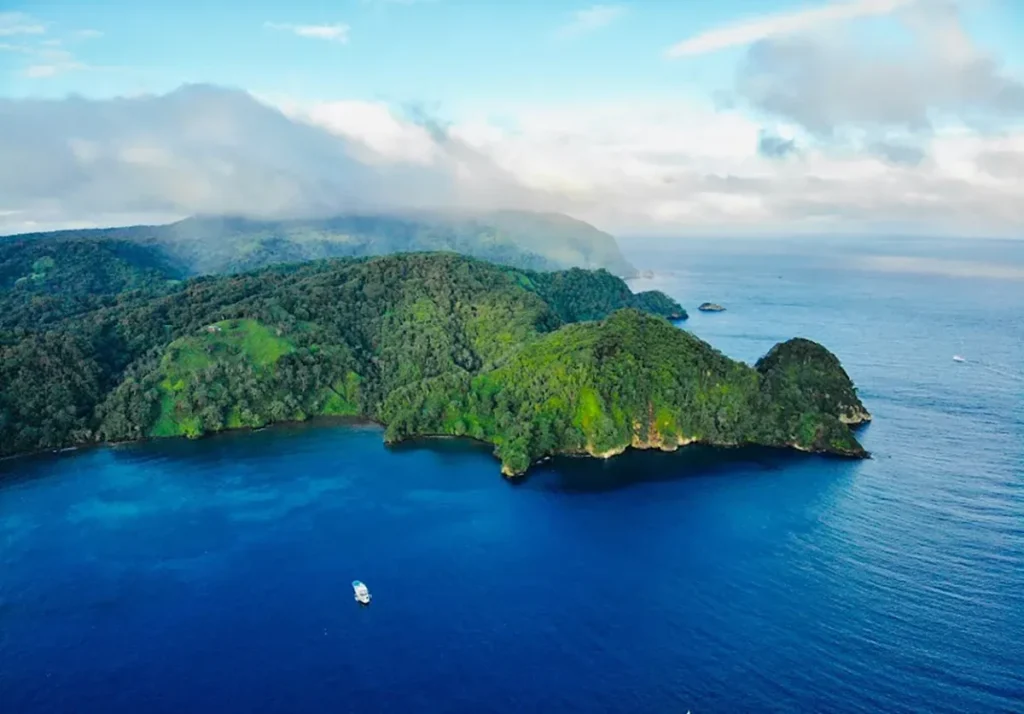
Cocos Island, a UNESCO World Heritage Site, is renowned for its hammerhead sharks and other marine life. Ideal for diving, this remote island offers:
- Underwater exploration of rich marine biodiversity, rated as one of the best places in the world to view large pelagic species such as sharks, rays, tuna, and dolphins.
- Scenic hikes through lush tropical landscapes.
The underwater world of the national park has become famous due to its attraction for divers, making it a top destination for those seeking to experience an extraordinary variety of marine life.
6. Lord Howe Island, Australia
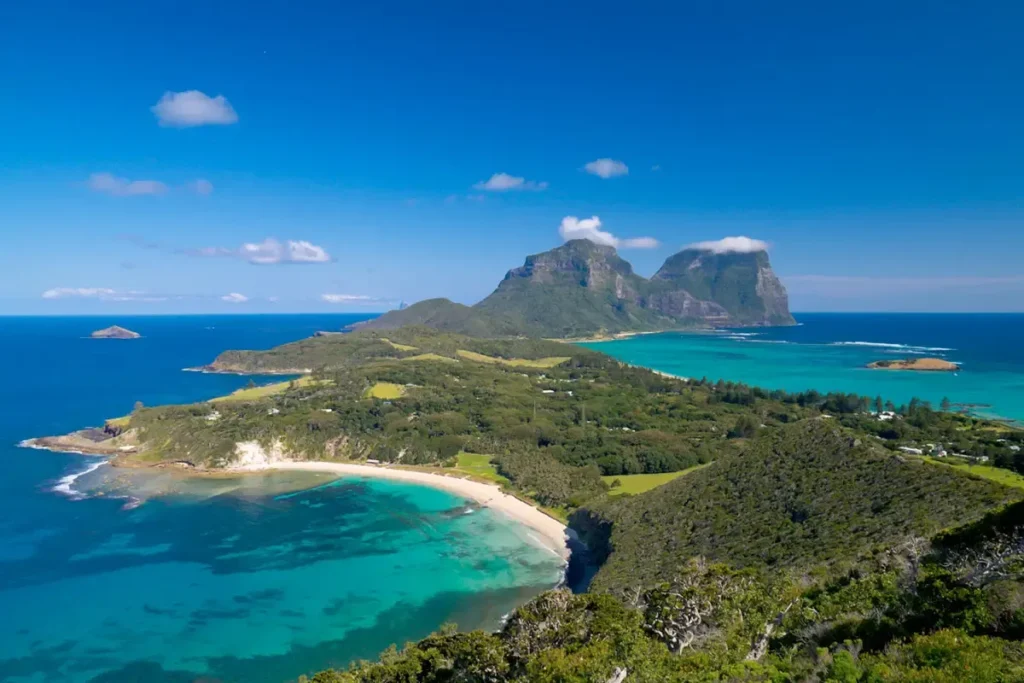
Lord Howe Island, a World Heritage-listed island, boasts unique flora and fauna. The pristine waters surrounding the island are a unique mix of warm tropical and cool temperate ocean currents, home to over 450 fish species and 90 species of coral, many of which are endemic.
Visitors can enjoy:
- Snorkeling and diving in crystal-clear waters.
- Hiking through picturesque trails.
- Glass-bottom boat and snorkeling tours to see the reef, colorful fish, and turtles.
Due to its remote location, 600km offshore, everything on Lord Howe Island must be delivered by air or sea, which increases costs. To keep expenses down, consider bringing some essentials with you.
The island also limits the number of visitors to preserve the environment, enhancing the exclusivity of the experience.
7. Socorro Island, Mexico
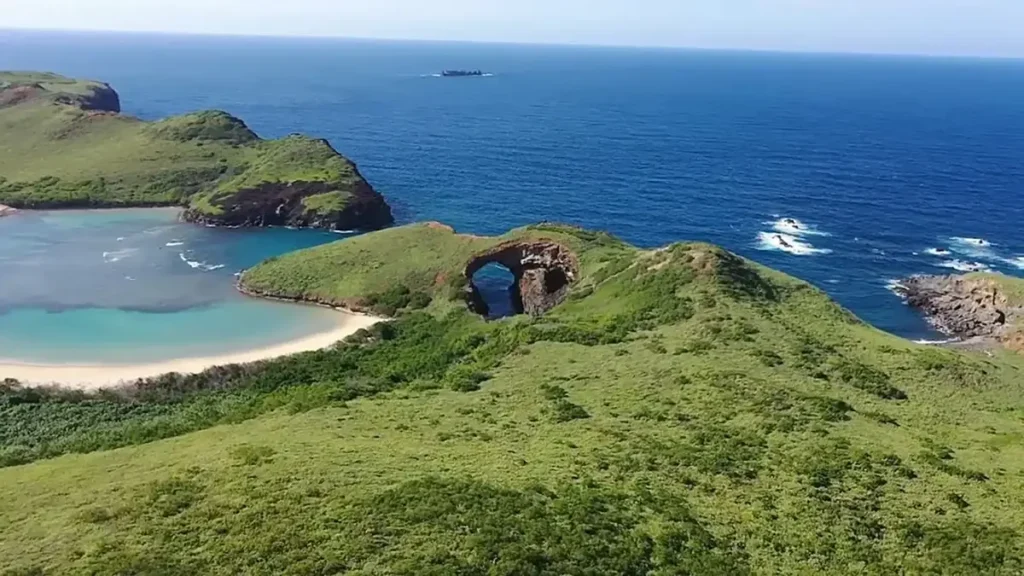
Socorro Island, part of the Revillagigedo Archipelago, is known as Mexico’s “Little Galapagos” due to its unique ecosystem and abundant marine life. This UNESCO World Heritage Site offers:
- Giant manta rays: Up to 22 feet from wing tip to wing tip, these rays are a top attraction at Socorro Island.
- Sharks: As many as seven different species of sharks have been spotted in a single dive, including hammerheads, silky sharks, silver tip sharks, and white tip sharks.
- Other large animals: Humpback whales and dolphins are also known to visit the islands.
Accessible only by liveaboard, the archipelago offers exceptional diving conditions with visibility exceeding 100 feet, especially from November to May. Water temperatures range from 70°F (21°C) in winter to 82°F (28°C) in summer.
8. Fernando de Noronha, Brazil
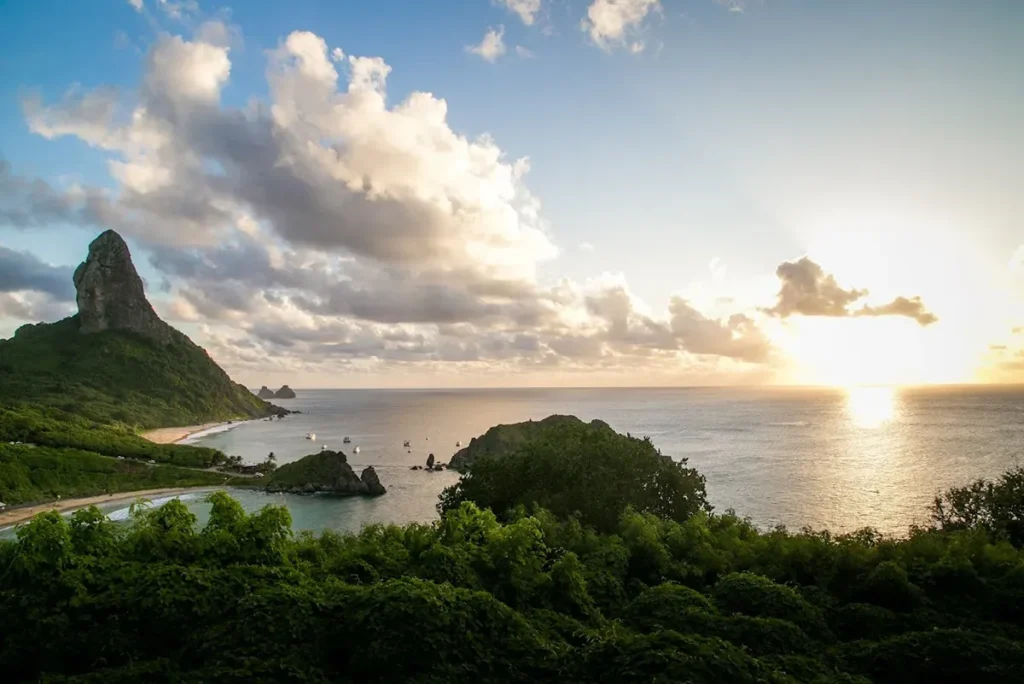
Fernando de Noronha, a UNESCO World Heritage Site, is an archipelago of 21 islands in the South Atlantic Ocean known for its natural beauty, beaches, and marine life. This destination offers:
- Beaches: Over 15 beaches, including Porcos Bay, known for its stunning beauty and hidden coves.
- Natural beauty: Rugged landscapes with rock sculptures, waterfalls, natural swimming pools, and turquoise waters.
- Marine life: Colorful fish, dolphins, lobsters, turtles, sponges, and corals in clear waters.
- Eco-tourism: Leading in eco-tourism, attracting tourists and biologists.
- Hiking: Ecological trails on Jardim Elizabeth, the Esmerelda Coast, and Sancho Bay.
9. Cabrera Archipelago, Spain

The Cabrera Archipelago Maritime-Terrestrial National Park is Spain’s largest national park, covering 908 square kilometers in the Mediterranean Sea, 10 miles south of Mallorca. This untouched paradise includes the islands of Cabrera and Conejera, plus 15 islets. Visitors can enjoy:
- Snorkeling and diving in protected marine environments teeming with over 200 fish species.
- Hiking through historical ruins and lighthouses.
- Beaches: Explore white sand beaches and clear waters.
- Marine life: Discover one of the best-preserved examples of marine biodiversity in the Mediterranean.
- Natural beauty: Admire the rugged coastline and over 400 botanical species.
10. Baja California Peninsula, Mexico
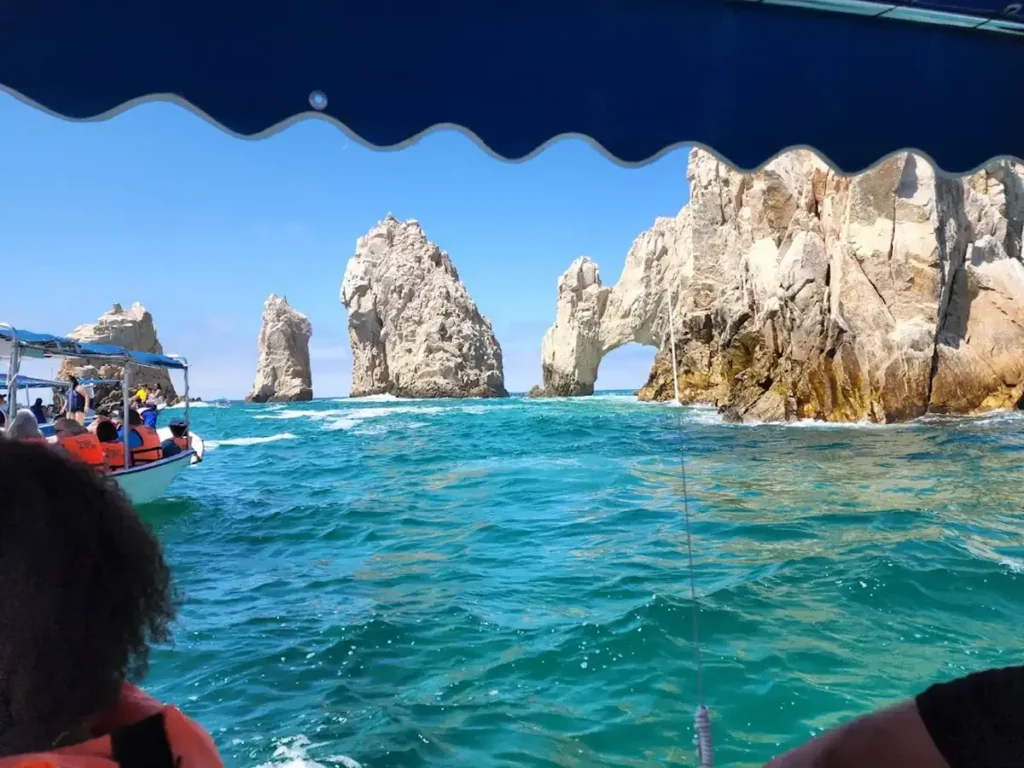
The Baja California Peninsula is rich in marine biodiversity, including whale sharks and gray whales. This stunning location offers:
- Diving and snorkeling to see diverse marine life.
- Wildlife tours for up-close encounters with whales and other sea creatures.
- Exploring unique desert flora and dramatic landscapes.
Baja California is also home to one of Mexico’s largest fishing industries, centered on Ensenada, one of the country’s busiest ports. Tourism is significant, with popular destinations like Rosarito’s beaches and Tecate, known for its famous brewery. The region attracts many short-term visitors from California.
Conclusion
In summary, choosing Komodo Island, Komodo National Park, and Raja Ampat offers incredible wildlife encounters, stunning natural beauty, and rich cultural experiences. These destinations provide a memorable alternative to the Galapagos Islands. The benefits of visiting these Indonesian locations include cost-effectiveness, unique flora and fauna, and immersive cultural experiences.
Moreover, strong conservation initiatives and eco-tourism practices ensure sustainable travel experiences. Plan your trip to Indonesia and discover the wonders of these incredible locations.
Comparative Advantages of Indonesian Islands Over the Galapagos
- Cost-effectiveness and travel packages.
- Cultural experiences and local hospitality.
- Unique flora and fauna that rival those of the Galapagos.
- Strong conservation initiatives and eco-tourism practices.
Travel Tips and Recommendations
For those planning a trip to Komodo Island and Raja Ampat, the best times to visit are during the dry season when the weather is ideal for outdoor activities. Flights to these regions are available from major cities (we recommend via Bali or Jakarta), followed by boat transfers to the islands.
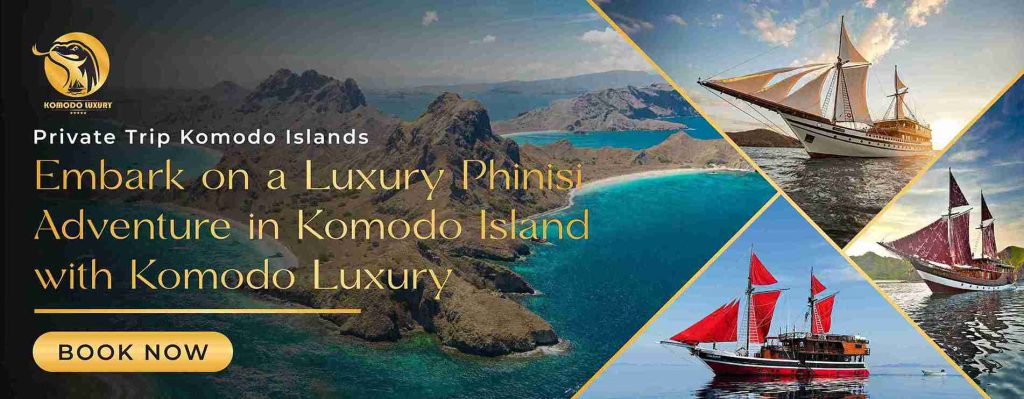
It is advisable to book with recommended tour operators who are experienced in eco-tourism. Packing essentials include lightweight clothing, reef-safe sunscreen, and snorkeling gear to make the most of the adventure.
